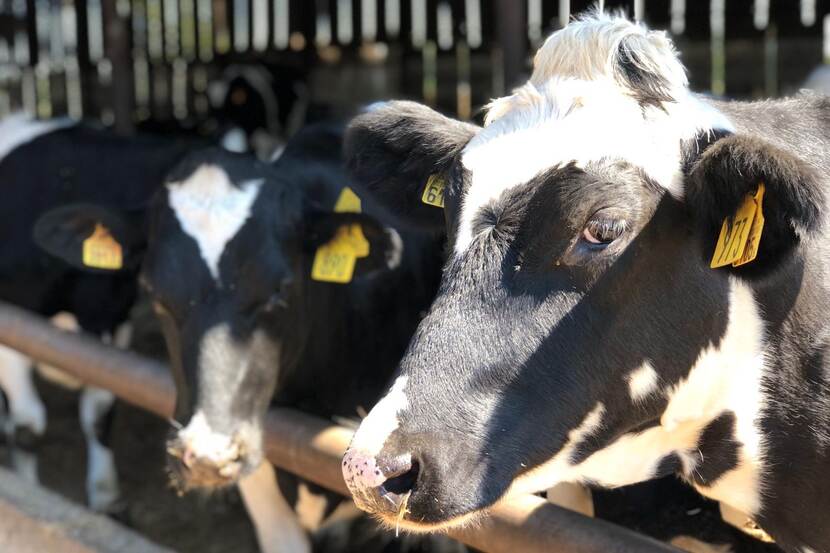The transforming dairy sector in Ethiopia
The article "The transforming dairy sector in Ethiopia" is based on a study that relied on a unique combination of primary and secondary data sources. The most recent dynamics in the dairy sector supplying to cities (esp. Addis Ababa) have been studied. It was written by Bart Minter, Yetimwork Habte, Seneshaw Tamru and Agajie Tesfaye, published on Plos One.

When analyzing the transformation patterns in the dairy value chain in Ethiopia, although the overall dairy consumption in the country remains low when compared to the average annual global milk consumption, there has been a rapid increase in expenditures on dairy products by urban consumers over the last decade, especially among the better-off. This is mainly attributed to income gains and population growth in metropolitan areas and can also be seen by the increase in the amount of imported dairy products into the country.
Relatedly, the number of dairy processing firms in Ethiopia tripled over the last decade, supplying a significant part of these dairy products, especially pasteurized milk, to the city residents (mainly to Addis Ababa, the capital of Ethiopia). Upstream at the production level, we find improved access to livestock services, higher adoption of cross-bred cows, an increase in milk yields, a sizable urban farm sector, and an upscaling process with larger commercial dairy farms becoming more prevalent.
While this sector has shown important changes, important challenges do remain. Adoption of cross-bred cows has increased for example, but it is often only the relatively richer households, which are mostly close to the city that can afford to invest in the costly but also riskier cross-bred cows. In more remote areas, stagnation, or even a decline, was found in milk yields making the average milk yields of the country still low. Small farms with dairy animals as well as those in more remote areas benefit less from access to extension services and adopt less modern practices such as artificial insemination.
Feed markets are also rapidly developing, and an increasing number of dairy farmers are relying on them. However, feed-blending is often done without scientific advice. Given the large returns to milk yields associated with the use of commercial pre-mixes, an opportunity exists for formal feeding firms to flourish.
Urban dairy farms are important actors in the dairy value chain as well. Labor productivity is significantly higher for urban and larger farms and for those farmers that are better connected to markets. It is suggested that more attention should be paid to urban dairy farms given the important environmental and health considerations of dairy farming in urban settings.
The livestock sector is increasingly being questioned for its environmental problems. To reduce enteric methane emissions from the dairy herds, productivity per animal would need to grow and the number of animals to decline. To achieve that vision, it seems that additional investments in the sector should be attracted to stimulate productivity through improved input use.
Improving dynamics and the increasing city demand is increasingly providing incentives for transformation of the dairy sector in general. The commercial rural-urban value chain is the main pull factor for the commercially oriented livestock production – in the country. It is good to note that, it is critical to exert more effort to include remote and smaller farms in these changes in Ethiopia’s dairy sector.
If you would like to see the whole study or read more about the dairy sector in Ethiopia, please check out the original article on the Plos One website.